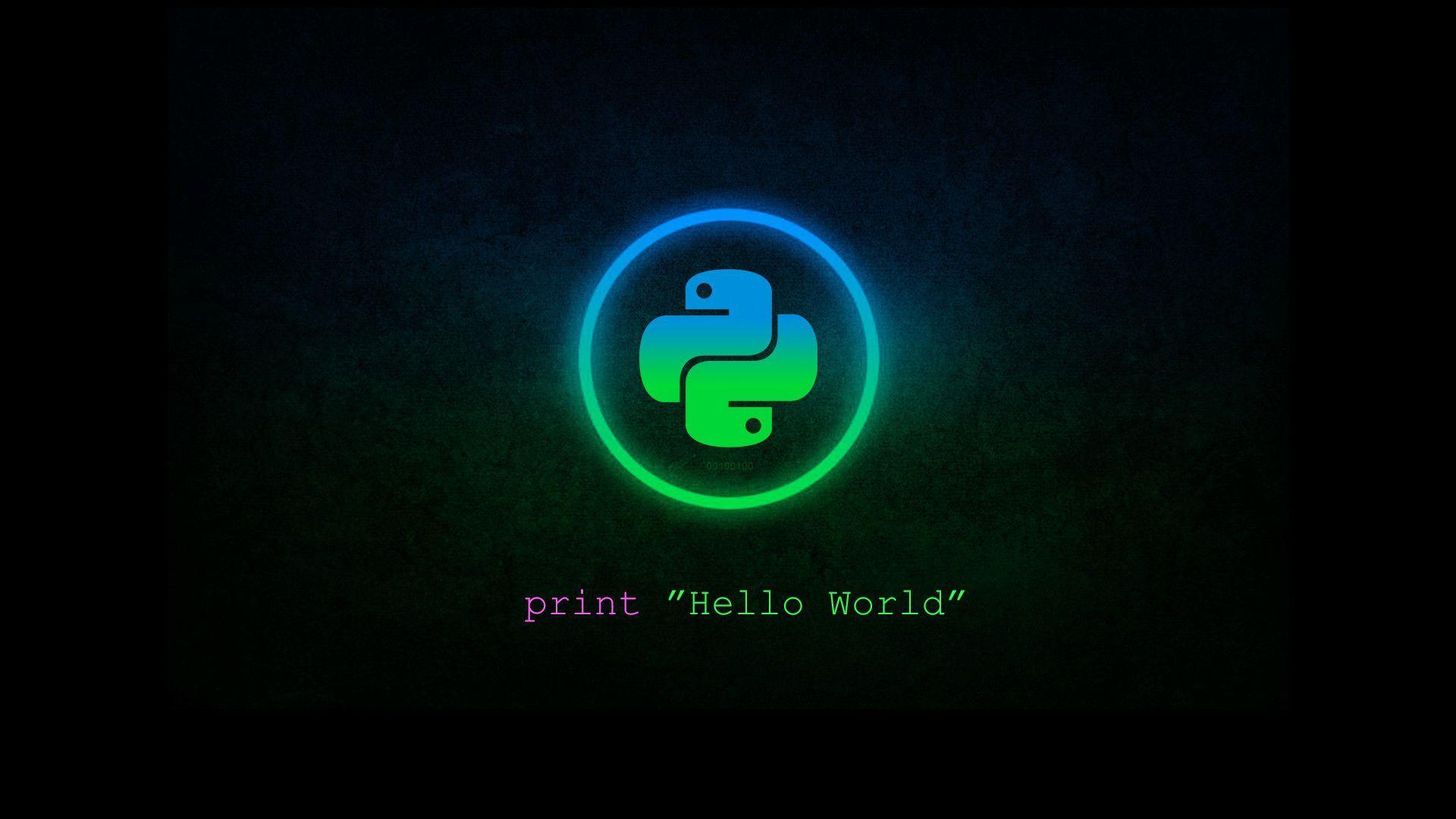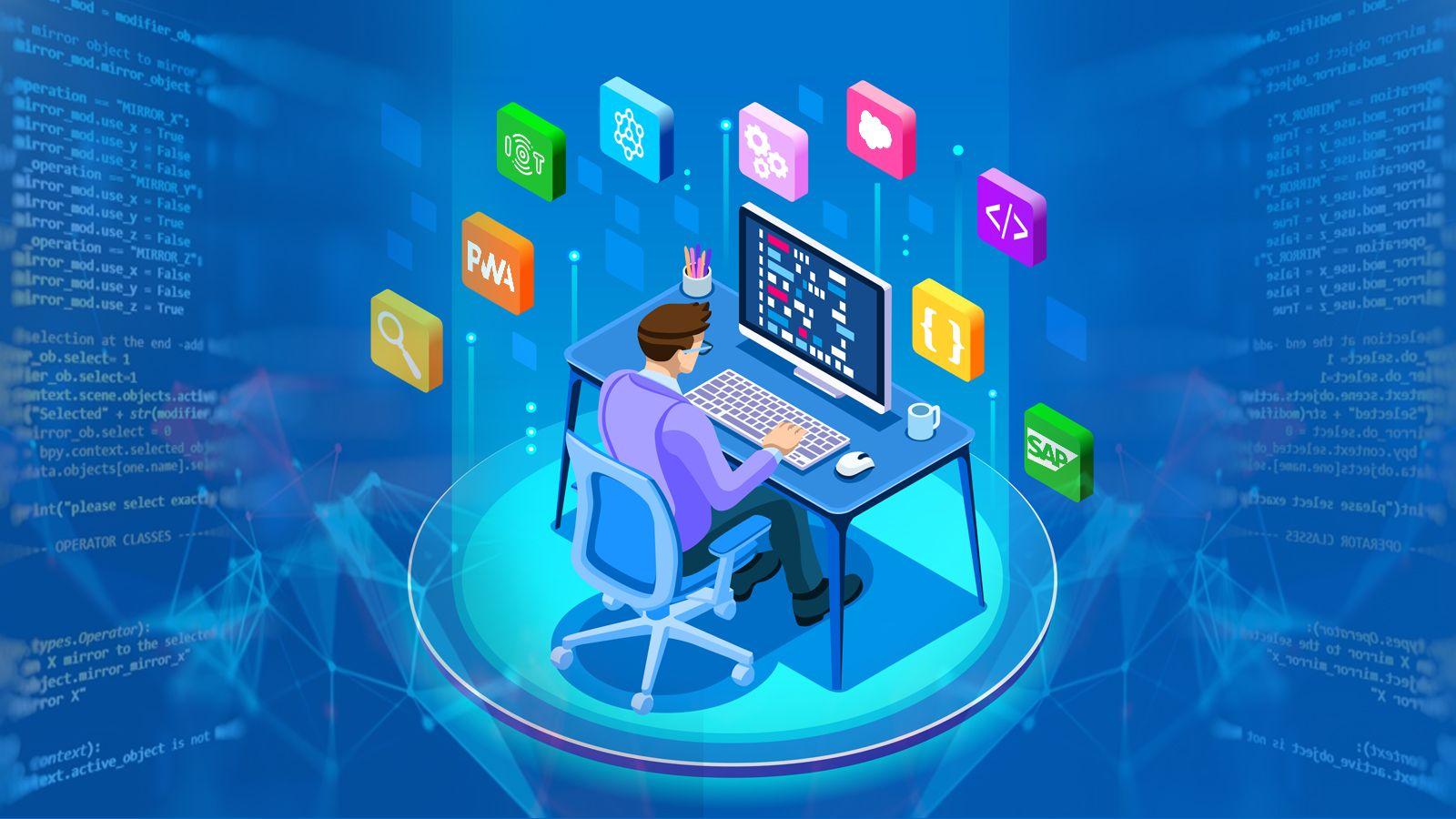
History of Programming Languages ⚡
History of Programming
The history of programming dates back to the early 19th century when the concept of mechanical computing devices emerged. However, modern programming as we know it today began to take shape in the mid-20th century with the development of electronic computers and the need for programming languages to communicate instructions to these machines. Here's a brief overview of the key milestones in the history of programming:
-
Pre-20th Century:
In the 19th century, mathematician Charles Babbage conceived the idea of a mechanical computing device called the Analytical Engine. Although never fully realized during his lifetime, Babbage's designs laid the groundwork for future computer development.
-
1940s:
During World War II, electronic computers were developed to assist in military calculations, such as codebreaking and ballistics calculations. The ENIAC (Electronic Numerical Integrator and Computer), completed in 1945, is often considered the first electronic general-purpose computer.
-
1950s:
The 1950s saw the development of the first high-level programming languages, such as Fortran (1957) and LISP (1958). Fortran, developed by IBM, was designed for scientific and engineering calculations, while LISP, created by John McCarthy, was one of the earliest languages focused on symbolic computation and artificial intelligence research.
-
1960s:
The 1960s witnessed further advancements in programming languages, including the development of COBOL (Common Business-Oriented Language) in 1960 for business applications and the creation of BASIC (Beginner's All-purpose Symbolic Instruction Code) in 1964 for educational purposes. Additionally, the concept of structured programming, which emphasizes the use of well-organized code structures, gained prominence during this decade.
-
1970s:
In the 1970s, significant programming languages such as C and Pascal were developed. C, created by Dennis Ritchie at Bell Labs in 1972, became widely used for system programming and software development due to its efficiency and flexibility. Pascal, designed by Niklaus Wirth in 1970, was known for its clarity and suitability for teaching programming principles.
-
1980s:
The 1980s saw the emergence of object-oriented programming (OOP) languages such as Smalltalk, C++, and Objective-C. Smalltalk, developed at Xerox PARC, introduced the concept of objects and classes, while C++ (1983) and Objective-C (1984) expanded on these ideas and became widely used for software development, especially in the areas of graphics, gaming, and operating systems.
-
1990s:
The 1990s witnessed the rise of the World Wide Web and the development of scripting languages like JavaScript (1995) for web development. Additionally, languages like Python (1991) and Ruby (1995) gained popularity for their simplicity, readability, and versatility.
-
2000s and Beyond:
The 21st century saw the continued evolution of programming languages and the emergence of new paradigms such as functional programming and concurrent programming. Languages like Java, Python, JavaScript, and C# became dominant in various domains, while newer languages like Swift (2014) and Rust (2010) aimed to address specific challenges in software development, such as memory safety and concurrency.
Overall, the history of programming is a story of continuous innovation and evolution, driven by the need to solve increasingly complex problems and harness the power of computing technology to improve our lives.
Keywords
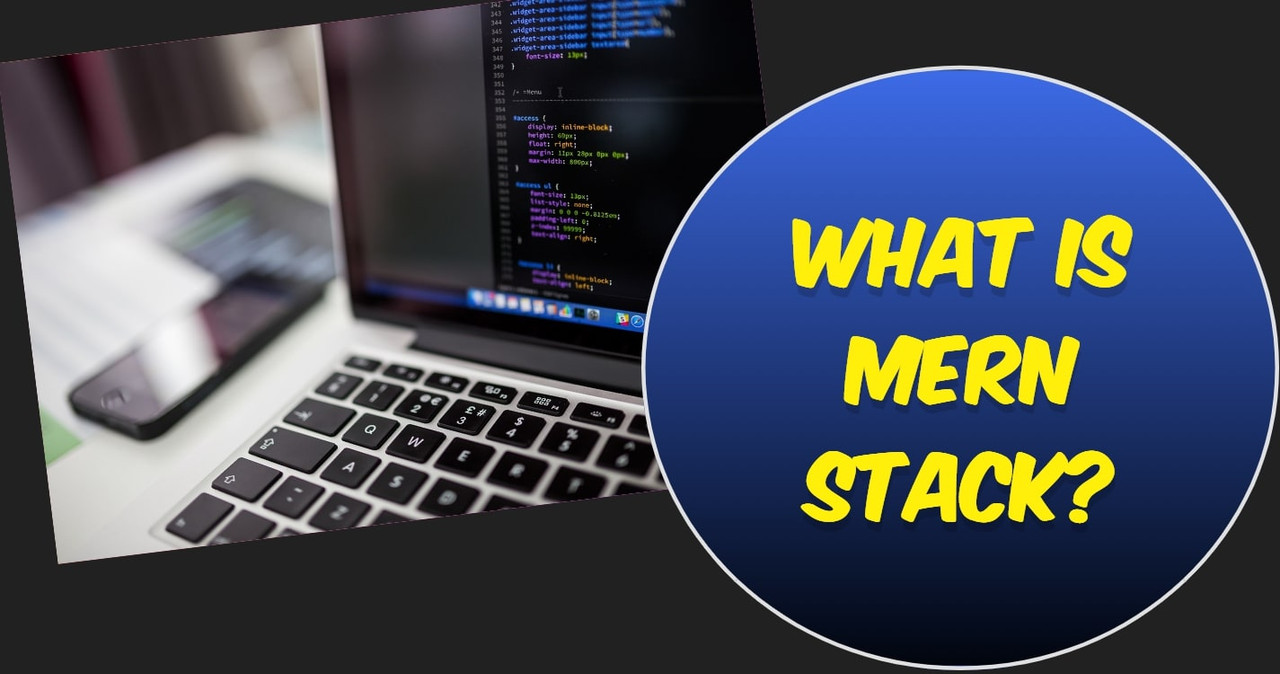
Understanding MERN Stack: The Easiest Full-Stack Development Tools
Discover the MERN stack, a popular full-stack development framework combining MongoDB, Express.js, React.js, and Node.js. Learn why it's considered one of the easiest and most efficient tools

Big O Notation: asymptotic analysis (big-o notation)
This article will cover the basics of Big O notation, explaining its importance in algorithm analysis. It will break down common complexities and provide examples to demonstrate how Big O affects perf
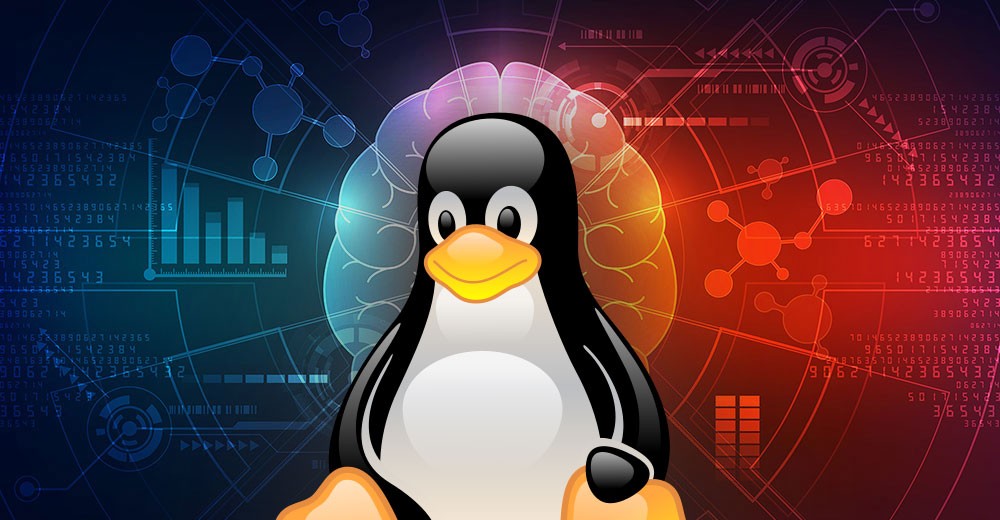
Top Linux Commands You Must Know As Linux User ?
Linux is a powerful and versatile operating system widely used in various computing environments, from servers and workstations to embedded systems and supercomputers. At the heart of Linux lies its c

Top Git Commands you must know | Git and Github
Git is an essential tool for modern software development, enabling developers to manage and collaborate on code efficiently. In this comprehensive guide, we'll explore the top Git commands and workflo
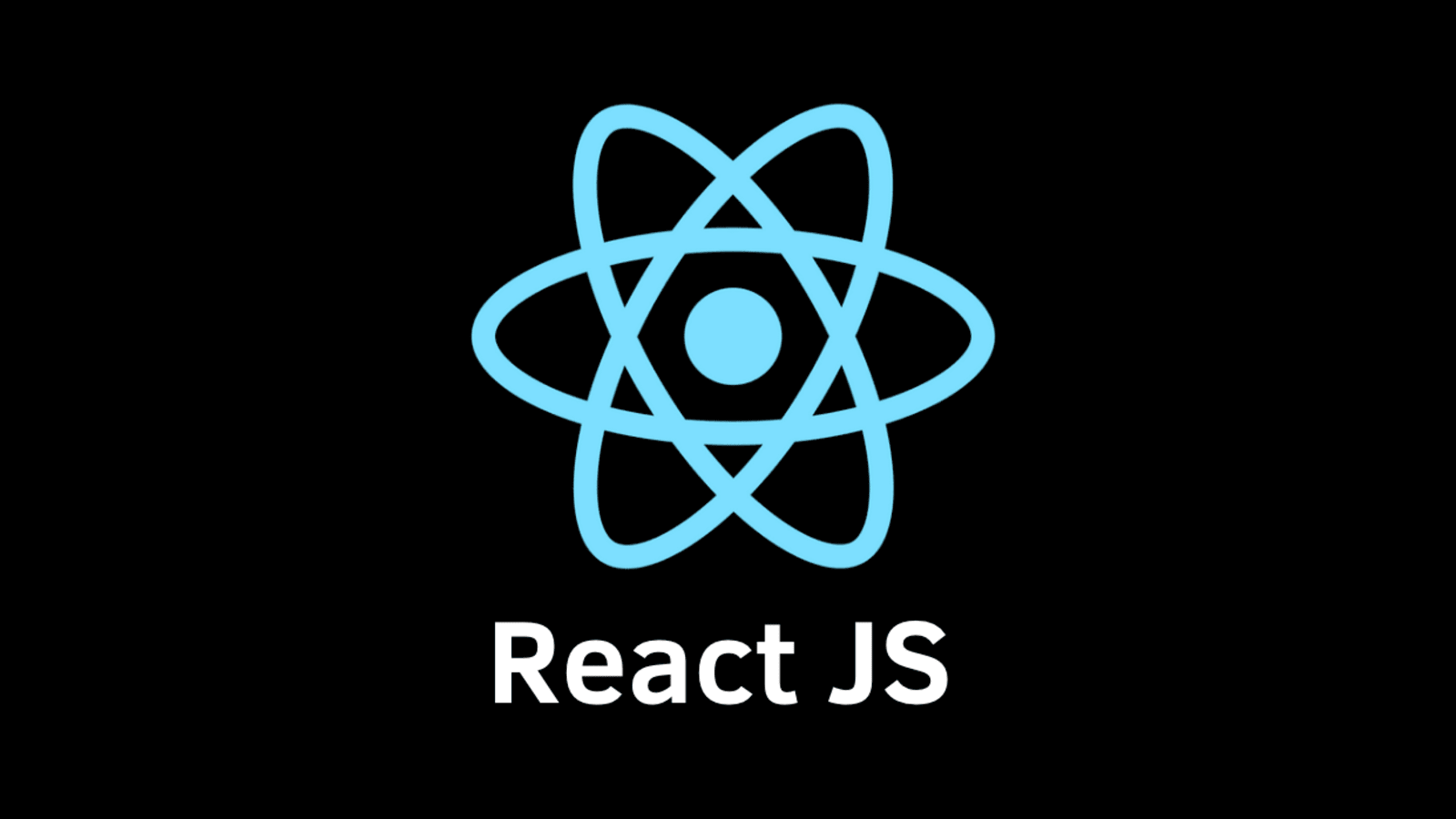
React.js Essentials: A Beginner's Journey
React.js is a revolutionary JavaScript library for building dynamic user interfaces. This comprehensive guide takes you on a beginner's journey to master React.js essentials. Explore the core concepts

Setting Up a Linux Dedicated Server for Web Development
This article provides a comprehensive guide on setting up a Linux-based dedicated server for hosting PHP websites and Node.js websites. It is divided into two sections, one for PHP website hosting and
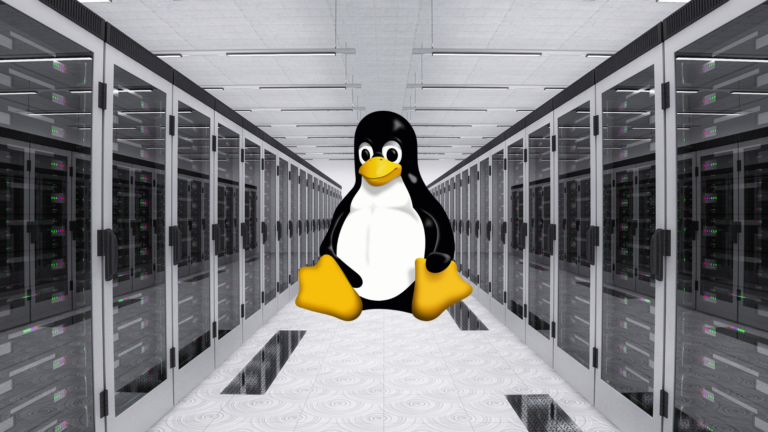
Configuring a Linux Server for Python and Ruby on Rails Development
This comprehensive article guides you through the process of configuring a Linux server for web development using Python and Ruby on Rails. It is divided into three main sections: Python Web Developme
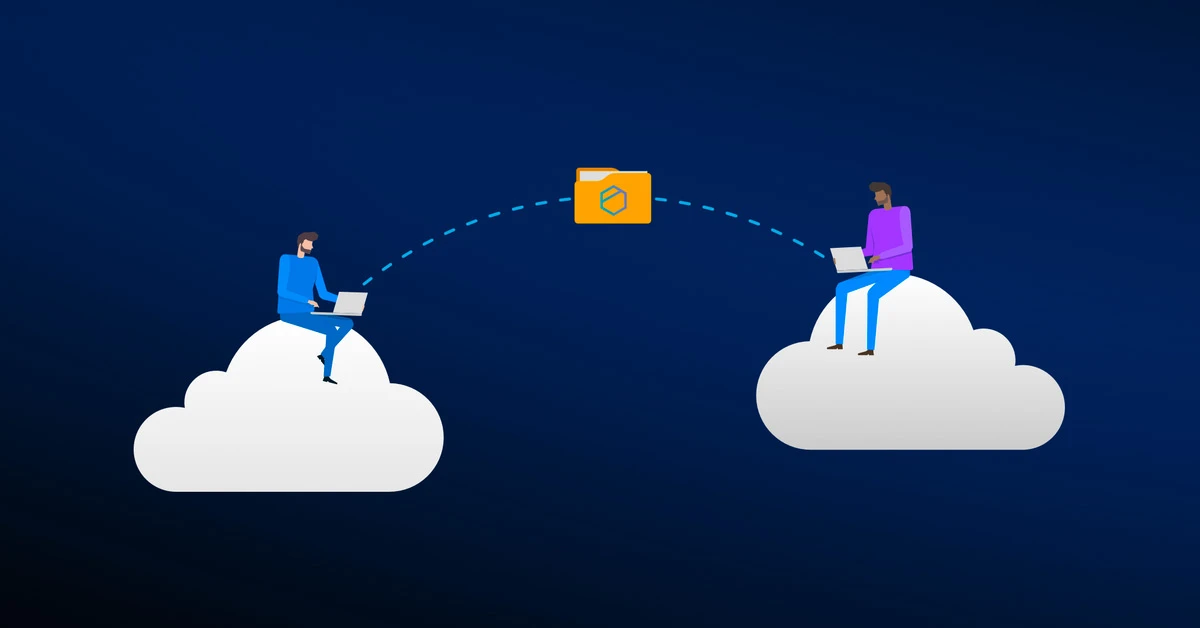
Cloud platforms : Aws, Google Cloud and Microsoft Azure
Cloud platforms offer businesses unprecedented scalability, flexibility, and cost-efficiency. This beginner's guide demystifies the concept, exploring the key players – Amazon Web Services, Mic
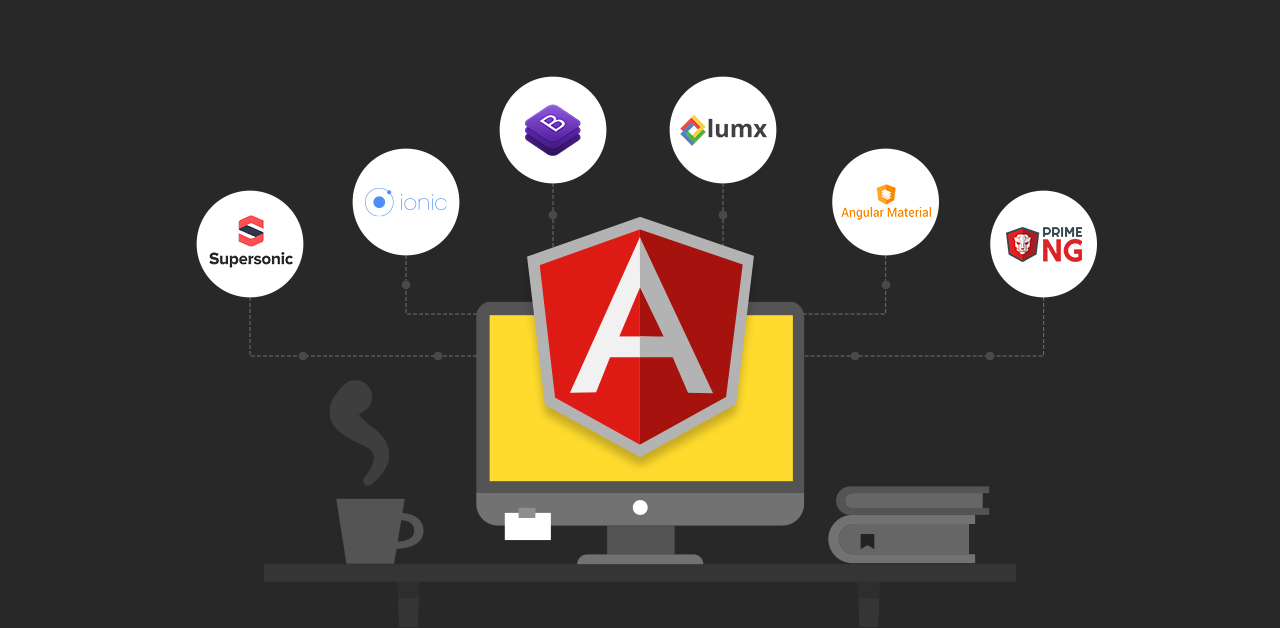
Angular js : Let's learn something about Angular js
AngularJS, created by Misko Hevery and Adam Abrons in 2009, is a powerful JavaScript framework for building dynamic web applications. This guide covers its creation, syntax, and key features, such as
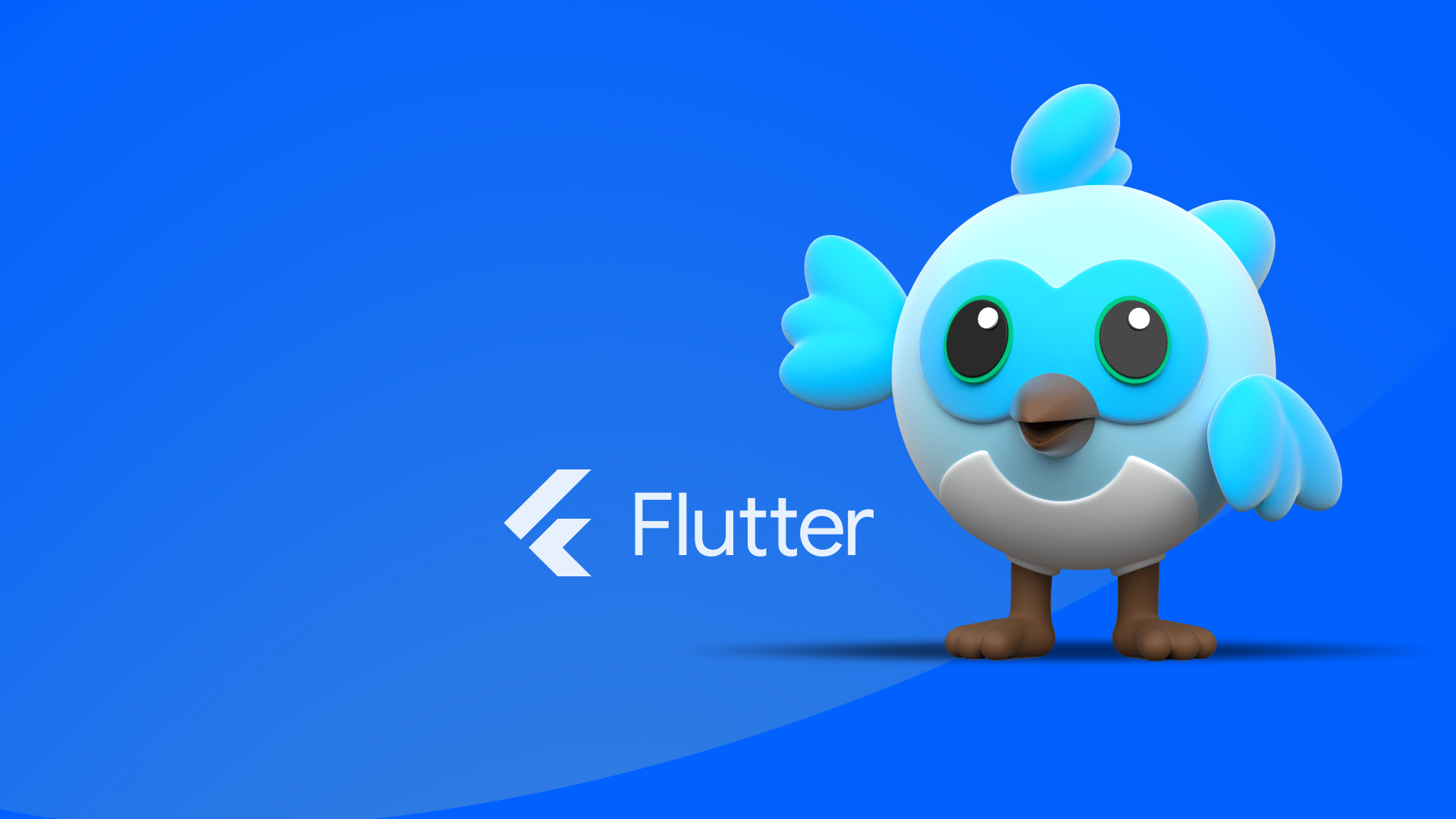
Flutter: A cross platform development technology.
Flutter is an open-source UI software development toolkit created by Google. It is used to develop cross-platform applications for Android, iOS, Linux, macOS, Windows, Google Fuchsia, and the web from

Login Interface using Flutter - Cross Platform
Flutter is a powerful framework for building cross-platform mobile applications. It provides a wide range of widgets and tools that make UI development straightforward and efficient. In this article,
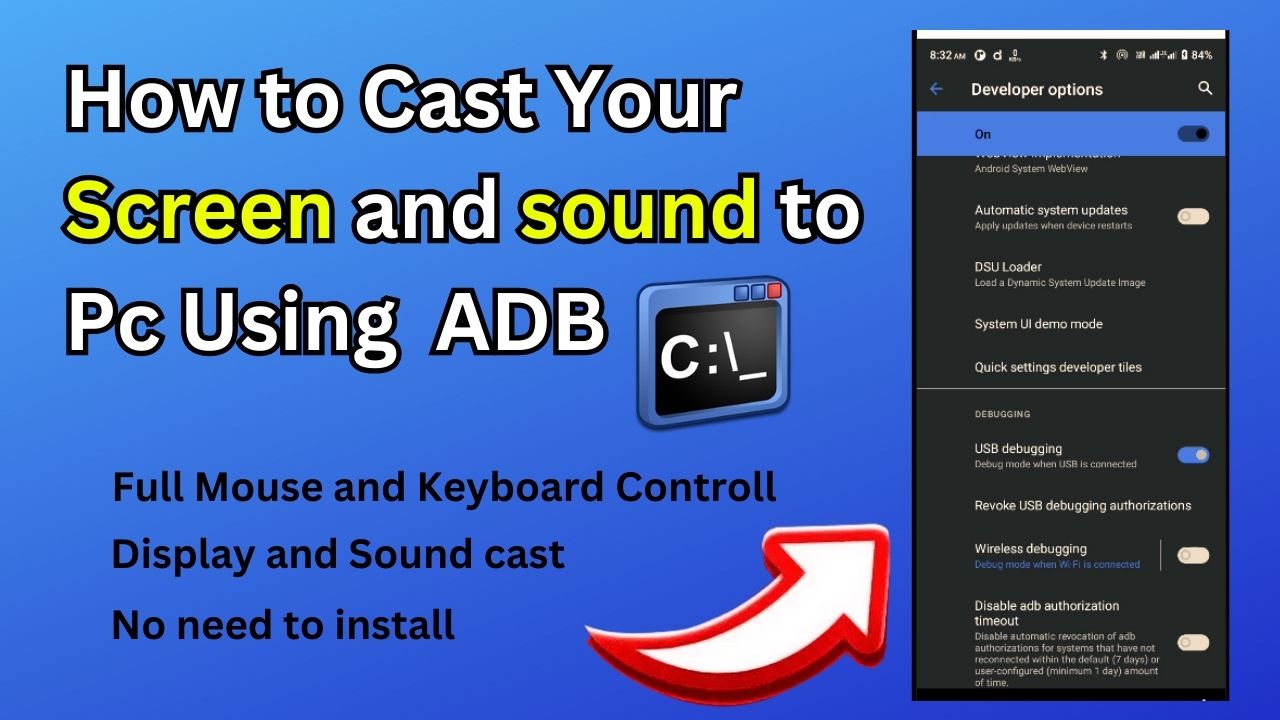
How to Cast Your Phone Screen and sound to PC without Using any third party app?
Mirroring your Android phone screen to a PC with ADB is simple. Enable USB debugging, install ADB on your PC, connect your phone, verify the connection with adb devices, and use adb platform tools to
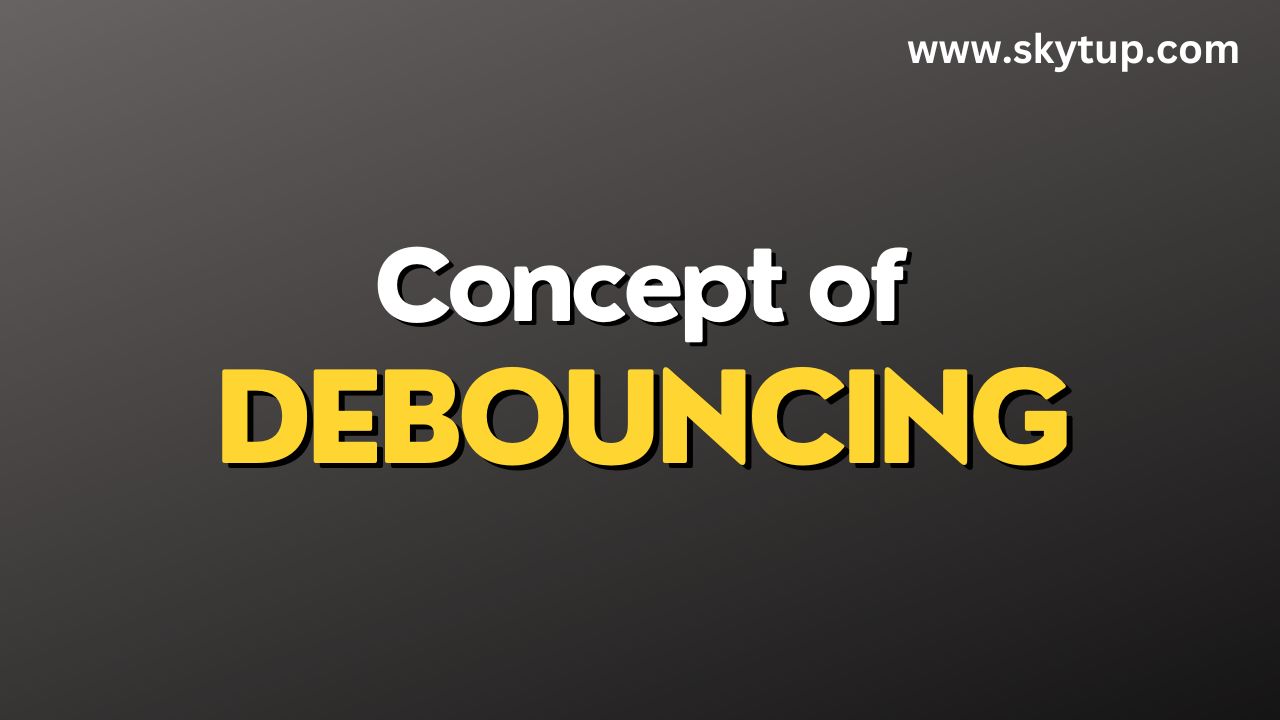
What is debouncing and why it is important?
Discover the concept of debouncing in electronics and programming. Learn how to eliminate false signals with hardware and software techniques, including advanced methods like interrupt-based debouncin
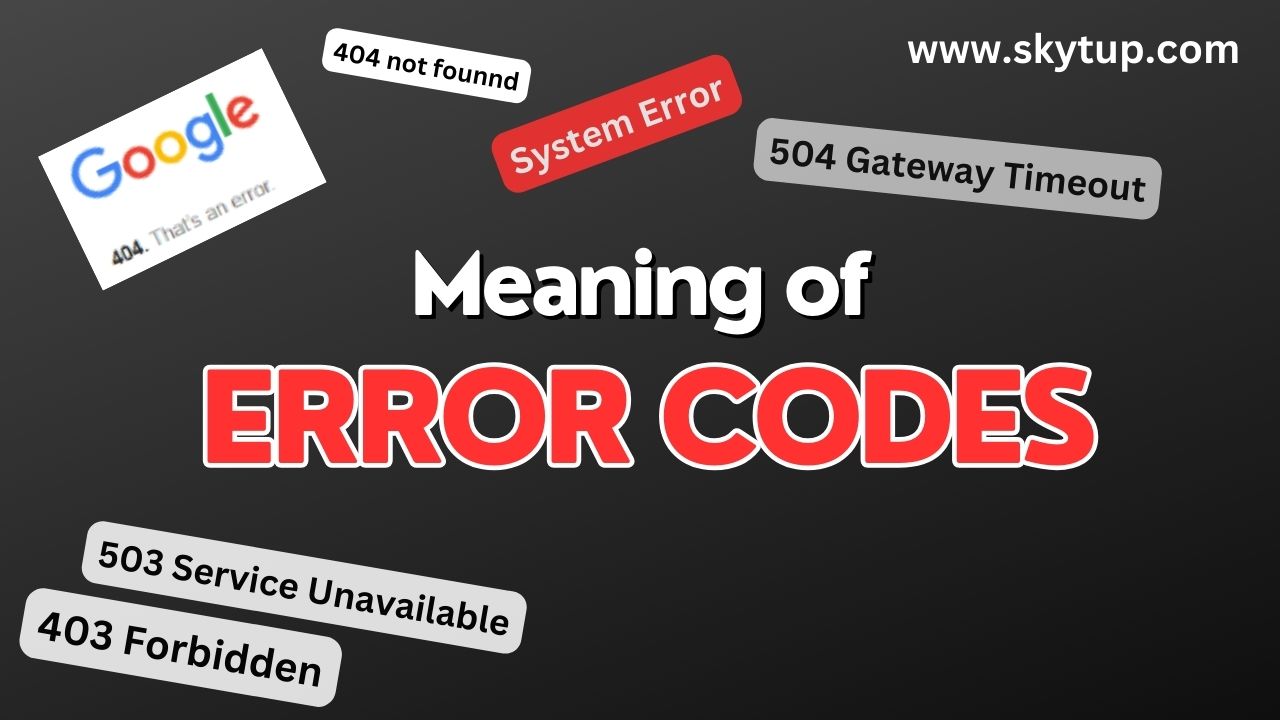
Understanding HTTP response status codes | Meaning of Http error codes
Encounter browser error codes can be frustrating, but understanding their meanings is key to troubleshooting effectively. This comprehensive guide explores common error codes, from successful response

NEET Scam 2024: Complete Report on Allegations and Actions
The NEET 2024 exam was marred by a major scam involving impersonation, question paper leaks, and bribery. This report details the allegations, investigation findings, and actions taken by authorities












